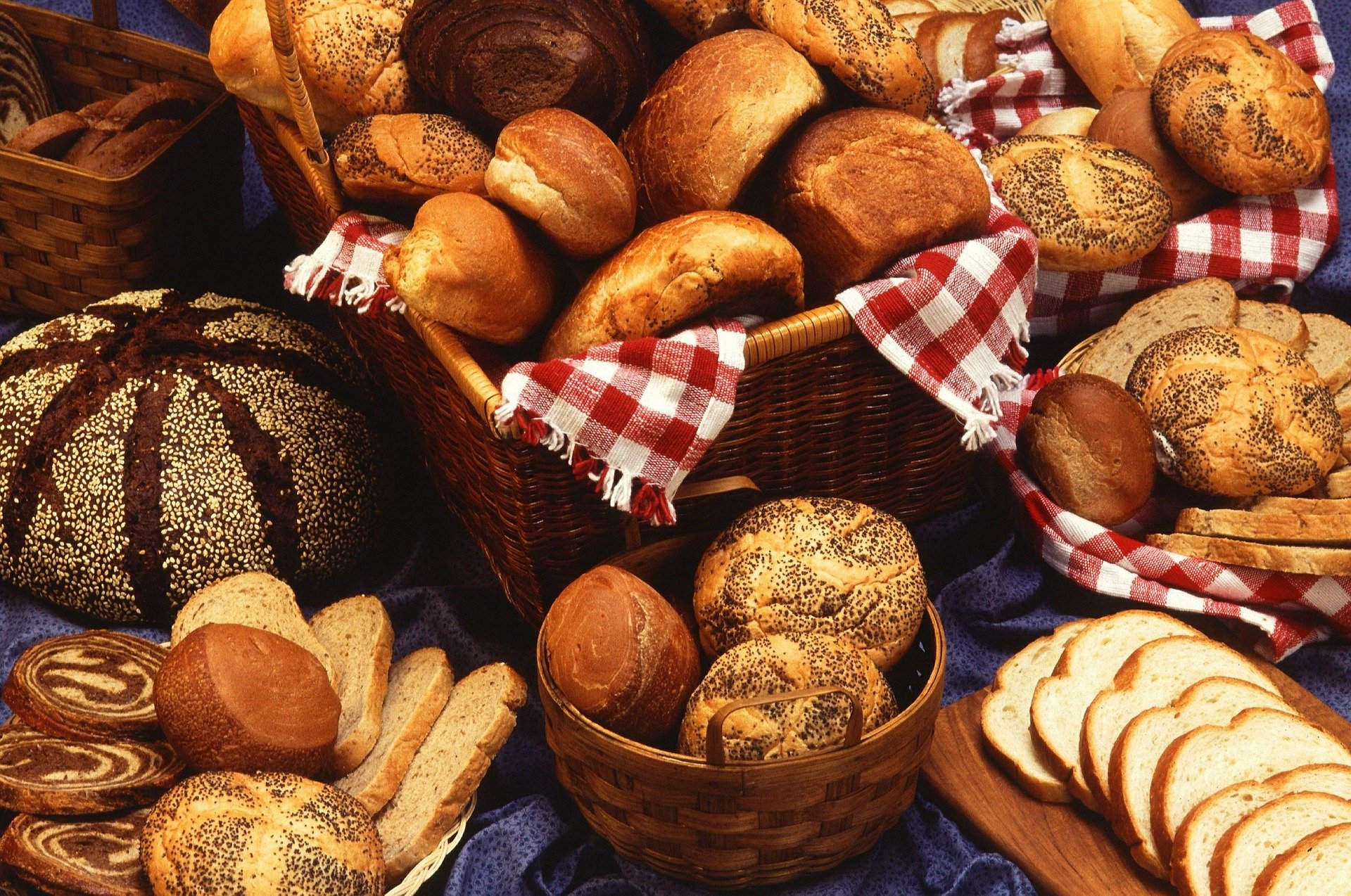
Whether you’re late for work or unfortunately have no leftover to have your breakfast in the morning, one thing you can always grab hold of is Bread. Yes, easy to have at all times, these super soft, all time companions help during crucial times.
As for me, I believe that very few eatables are as comforting as bread. Imagine your kitchen and dining area filled up with the sweet aroma of your homemade bread or the distinct simmering noise of them being fried.
Doesn’t that bring in a soothing and sumptuous effect that is hard to beat!
Ofcourse, they do!.......Isn’t it?
Down The Historical Lane!
The history of bread is believed to be as old as 8000 BC in Egypt. At that time, the grain was crushed in quern, and bakers used to produce what is similar to a chapatis or tortillas. As evolution began, mankind started abandoning their old nomadic ways and began farming which gradually led to making and baking of bread.
During the Roman Empire, white bread signified quality and was supposed to be for the elite class. Similarly, much later during the British Medieval times, it was associated with status.
Over the centuries, bread has unfailingly made its marks across several civilizations and have earned the royalty of being a staple food item and even Staff of Life as mentioned in the Holy Bible.
Bread Making Process!
Whether you’re making bread for the entire family or whether it’s only a loaf you’re upto, the process is invariably the same, with some steps being optional. However, the few mentioned below, need to be followed to enjoy light, and soft bread loaves at the end.
The initial step includes Mixing. At this point, the essential ingredients such as flour, yeast and water are mixed. As simple as it may sound, this is a very important step. It helps in assuring that all the ingredients are spread evenly and that the bread eventually turns out to be fluffy.
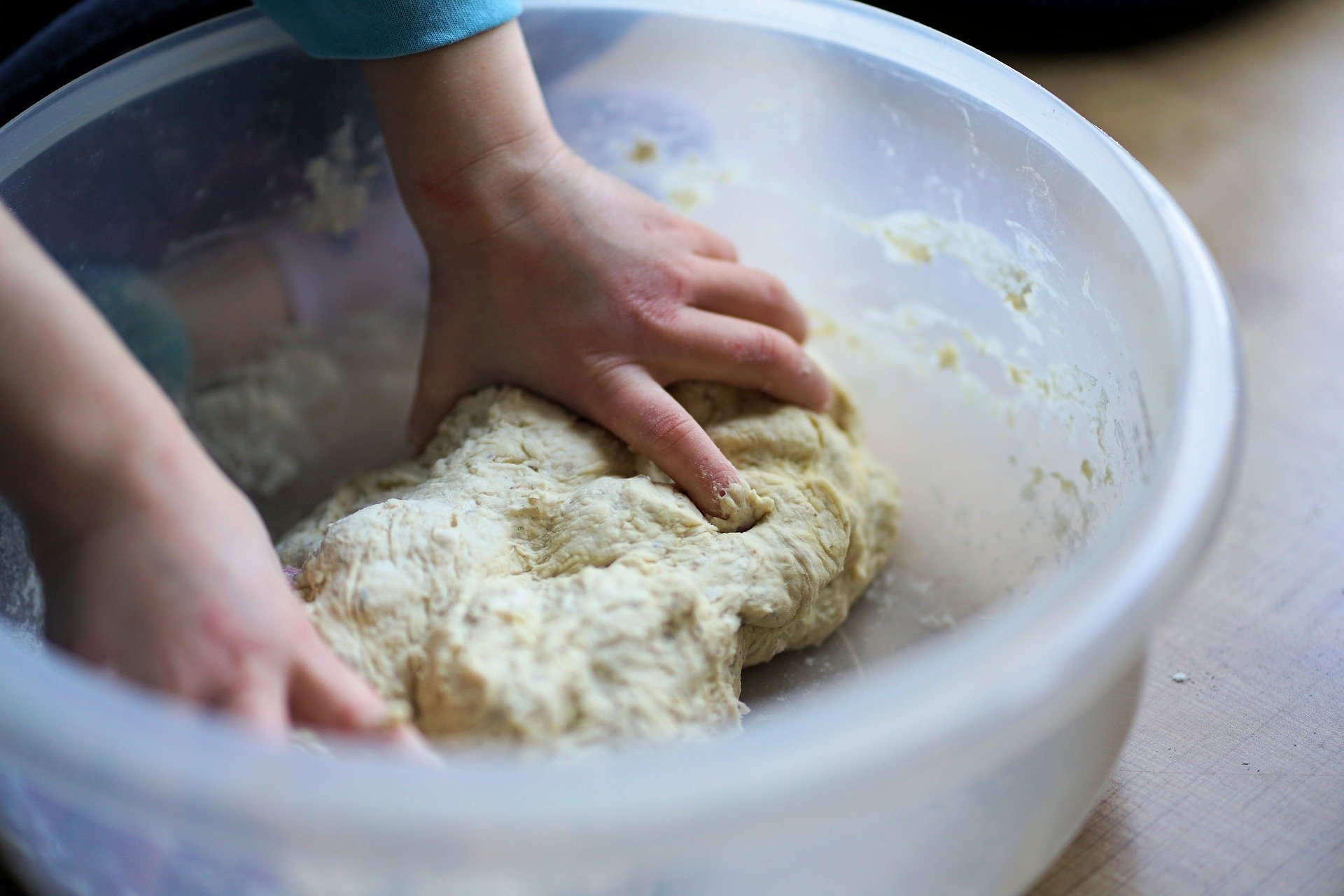
Resting and hydrating forms the next step, which includes leaving the dough mix for about half an hour. This makes the dough extremely soft and flexible for use.
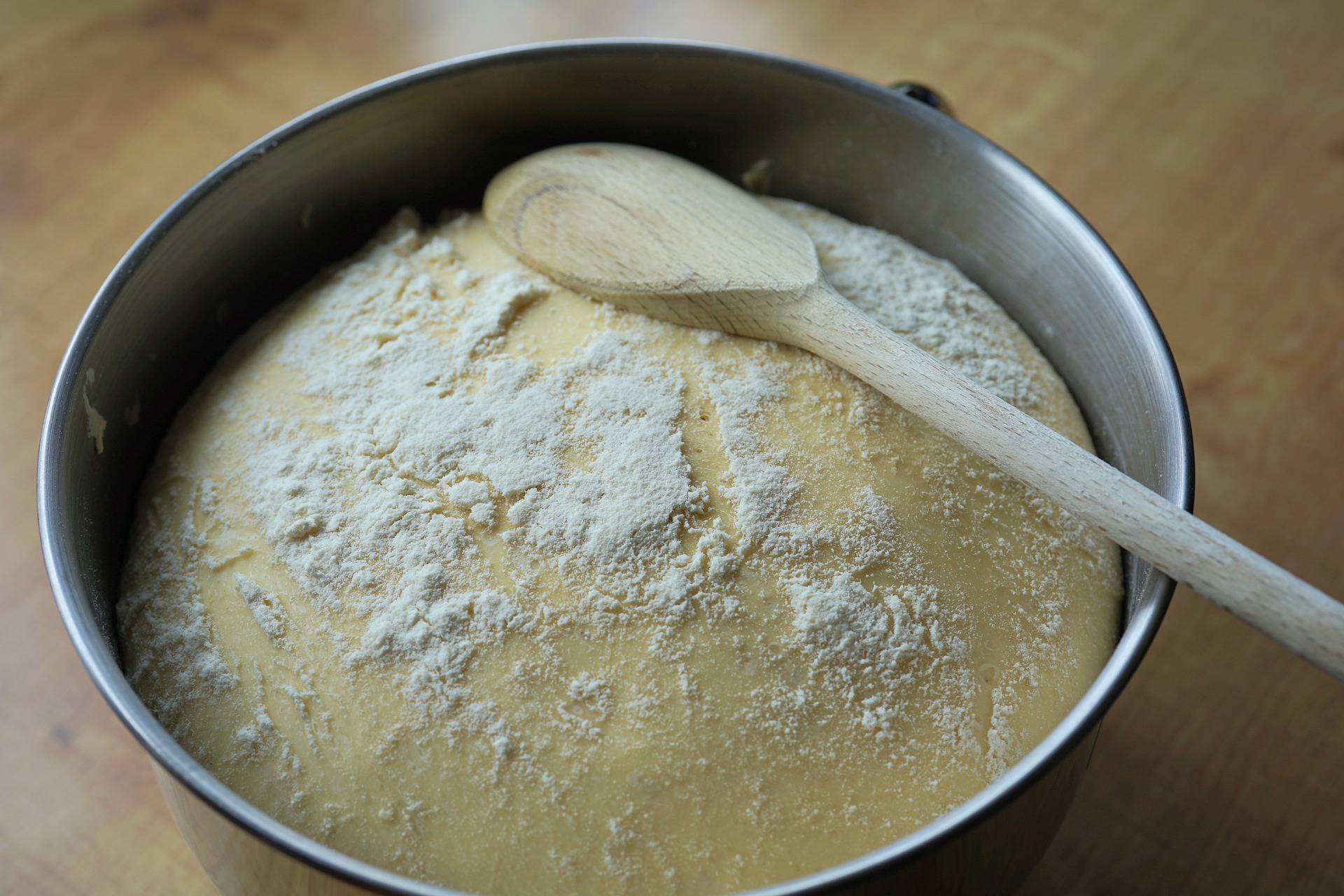
Kneading makes up the next step. It helps in making the bread light and airy. This step helps in gluten formation and a fluffy bread in the end.
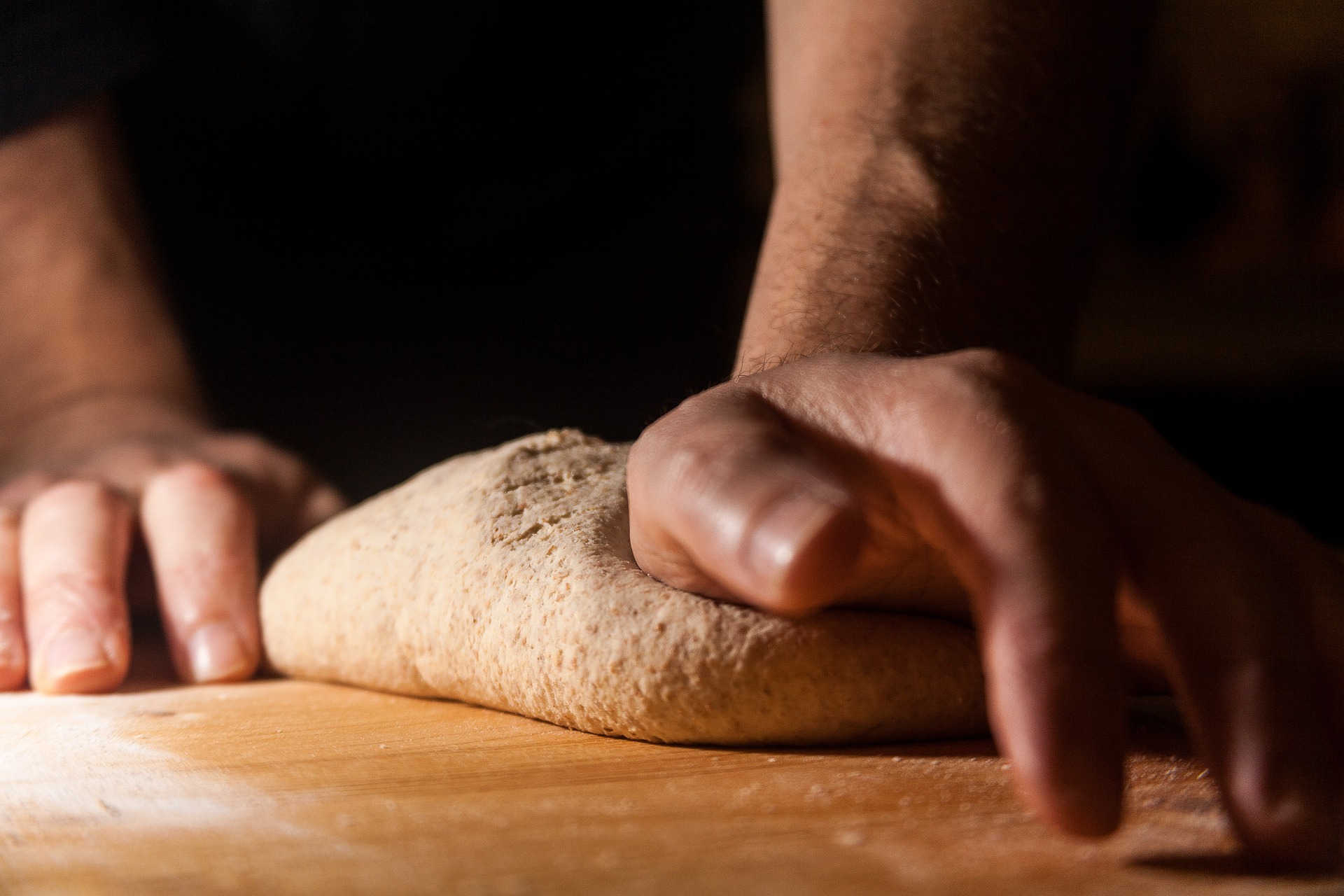
After kneading the dough, it becomes ready to rise as air pockets are formed and thus, at this juncture, the dough readies itself for its first fermentation. The temperature of the dough is also duly maintained along with the humidity.
Once the dough is fermented, they are split into required dough size and they are then shaped as per the requirement. This step is followed by a second fermentation, which is quite similar to the previous one, only that at this point, the dough will double in size.
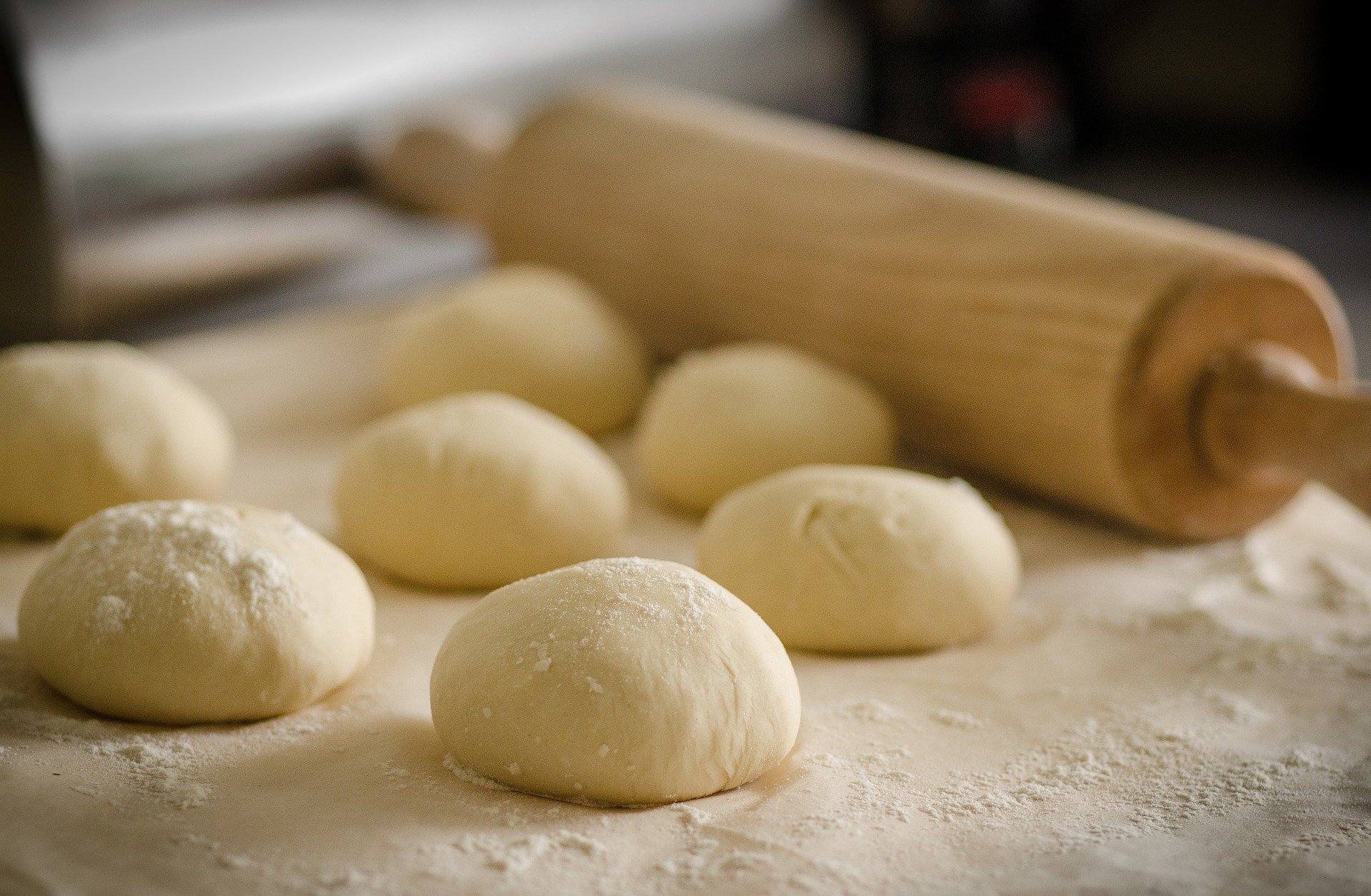
After the bread is fermented, they are finally baked without leaving the dough for long as it may result in sour taste and large holes in the bread.
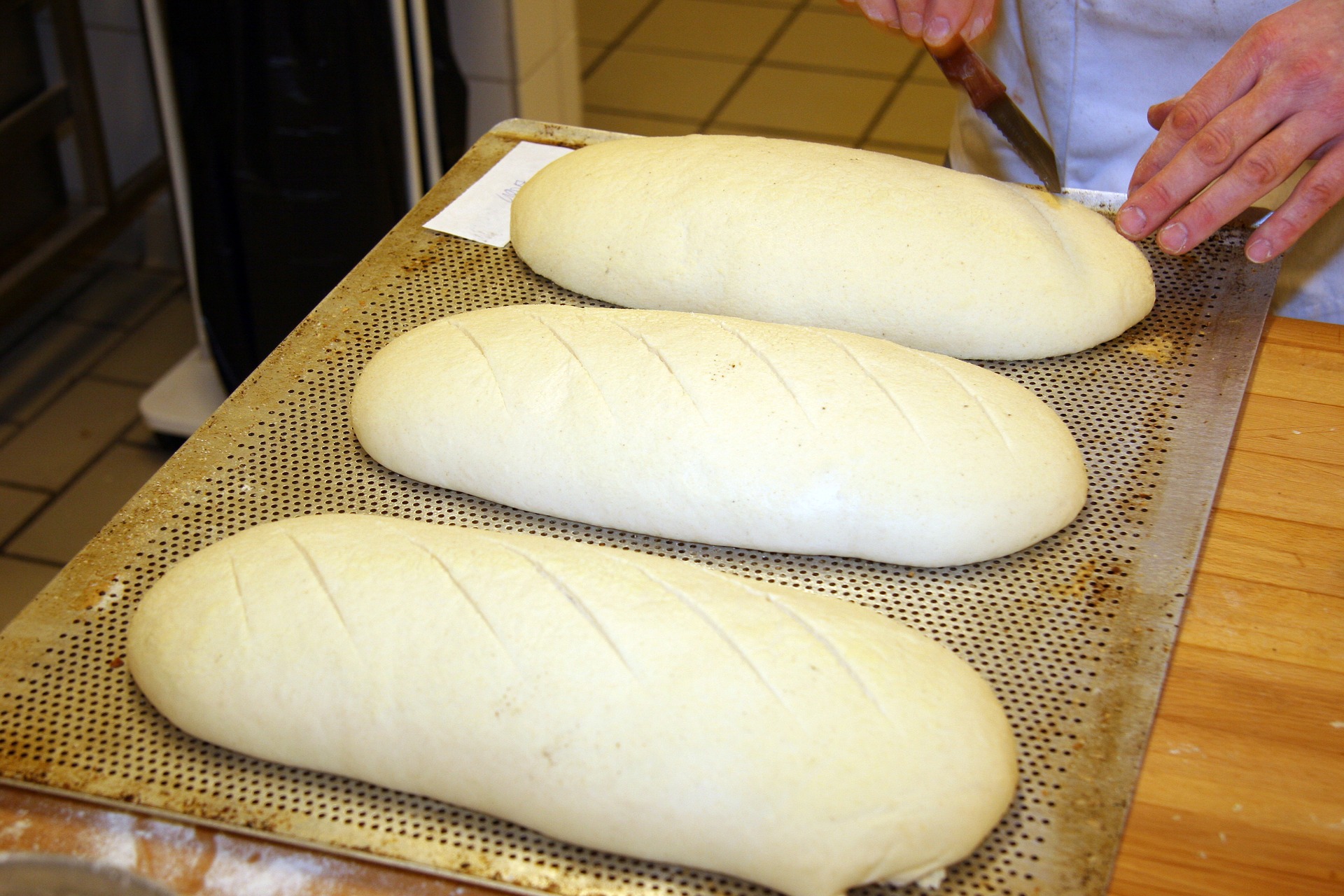
Now once they are cool, they are ready for the platter!
Types of Bread!
Well, our hero has various variations that lead us towards multiple options available for every occasion and moods. Here they are:-
Ciabatta
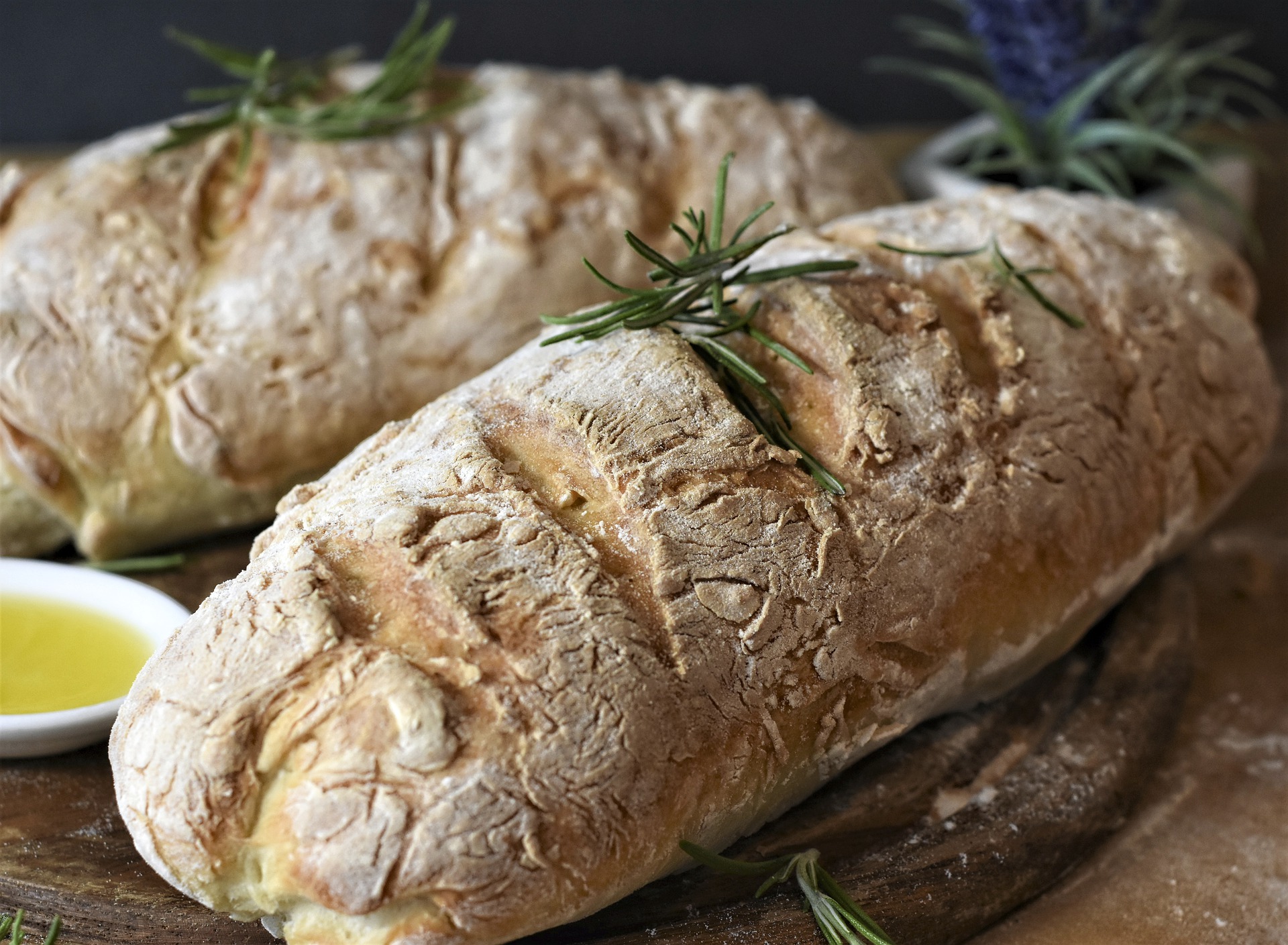
Made from wheat flour, salt, yeast and water, Ciabatta is an Italian bread that is popular across the world. This chewy and soft textured variant is essentially used while making sandwiches or to accompany a hot and simmering soup.
Whole Wheat Bread
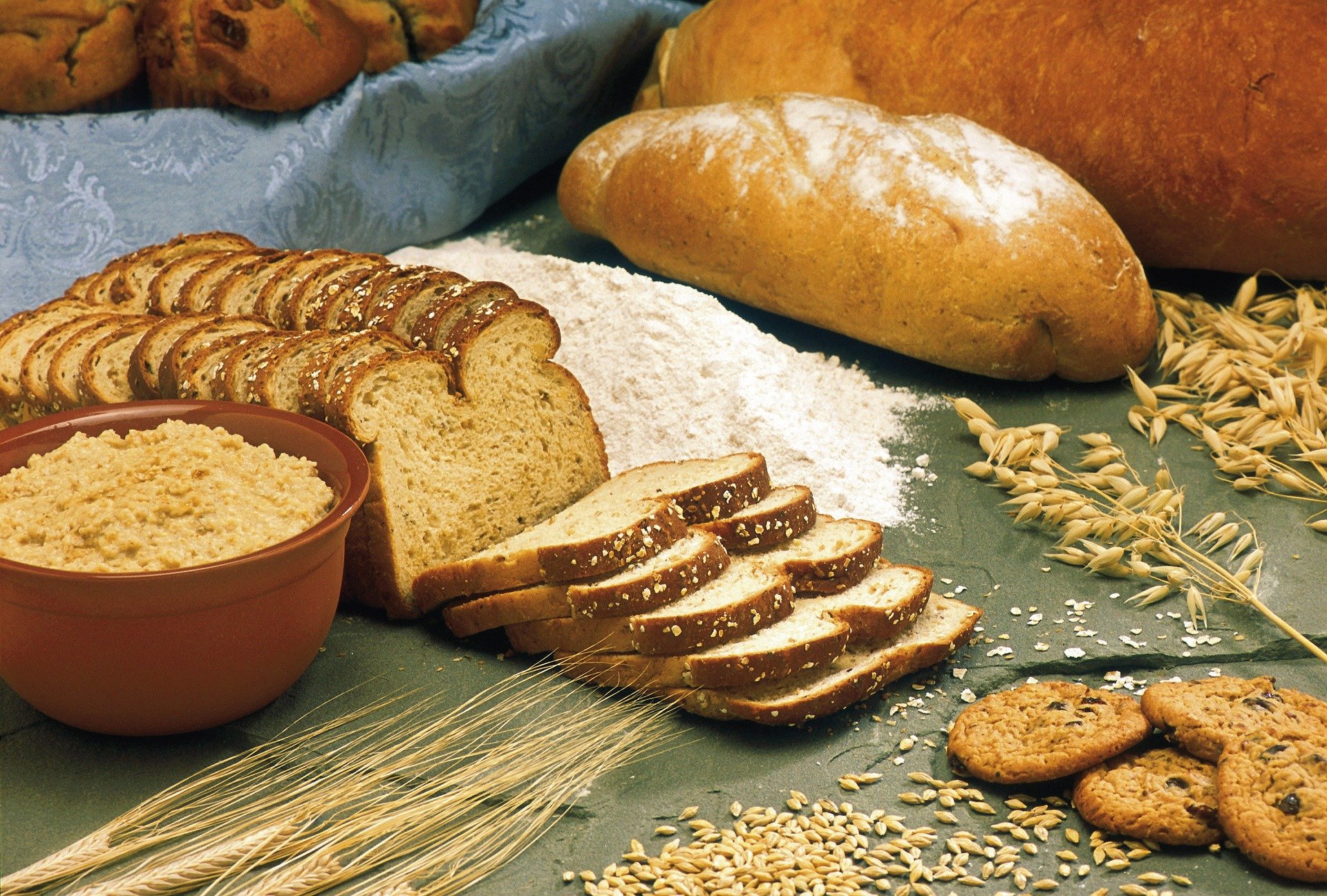
A kind of a brown bread, the whole wheat bread is made from almost the entire wheat grain that gives them a robust, dark colour. These are nutritious bread that are rich in fibre too.
Sourdough
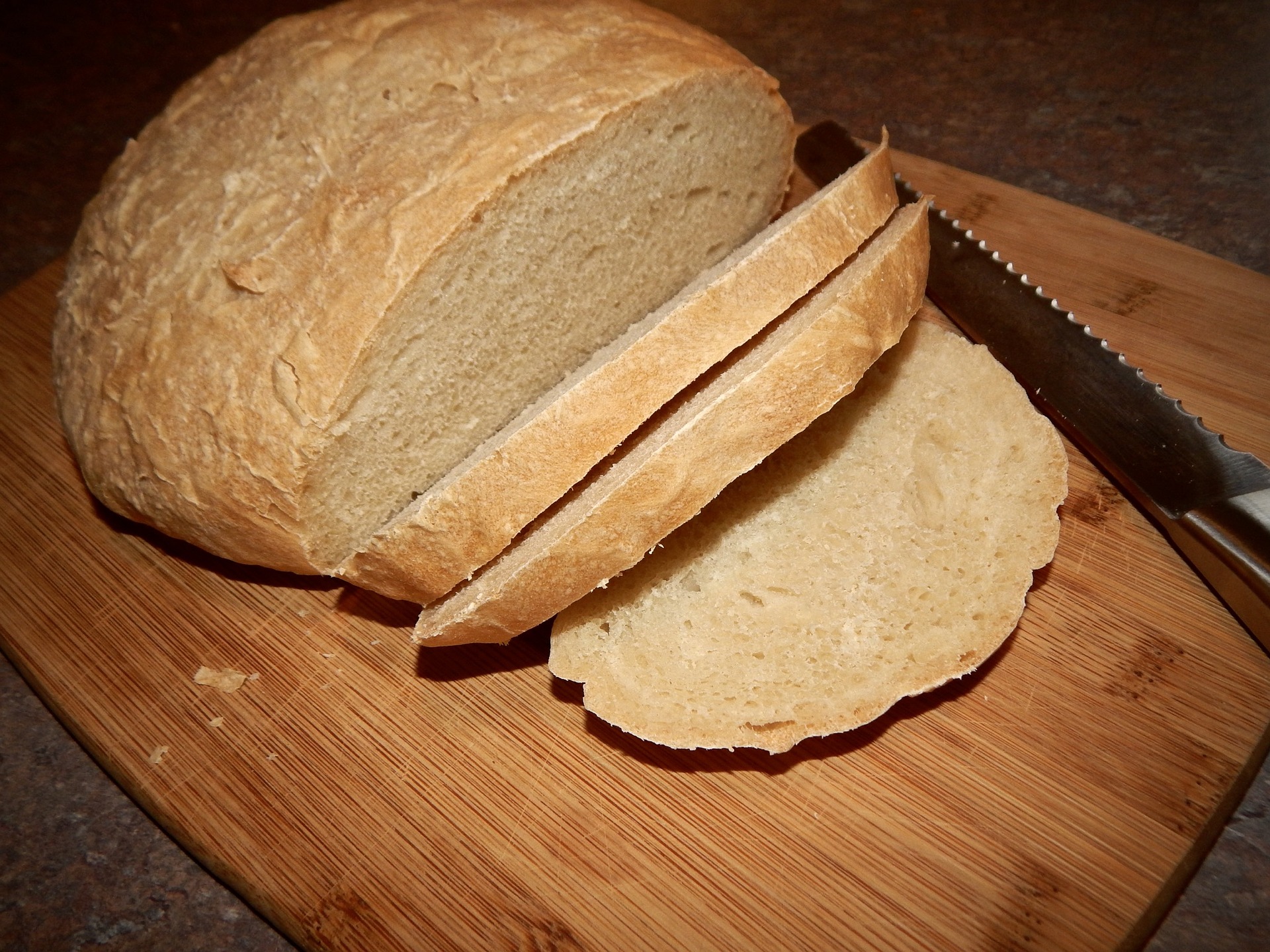
Made from a fermented mixture of flour and water, Sourdough is a yeasted bread that is made without commercial yeast. They have an extremely soft crust along with large air bubbles.
Rye Bread
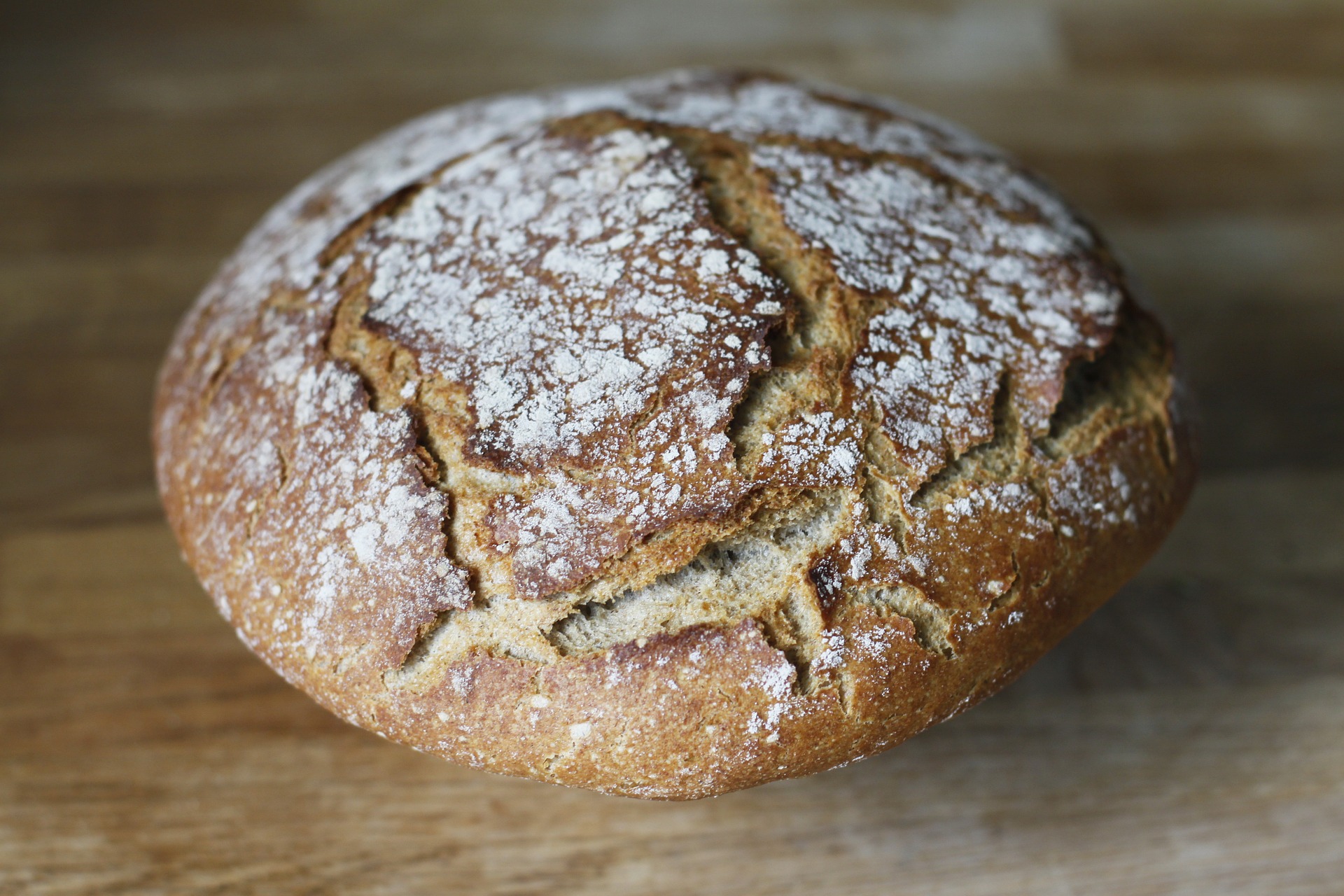
Ranging from a lighter to darker colour, Rye bread is made from the flour obtained from rye grain. Their distinct taste gives a certain twist to all conventional sandwiches.
Focaccia
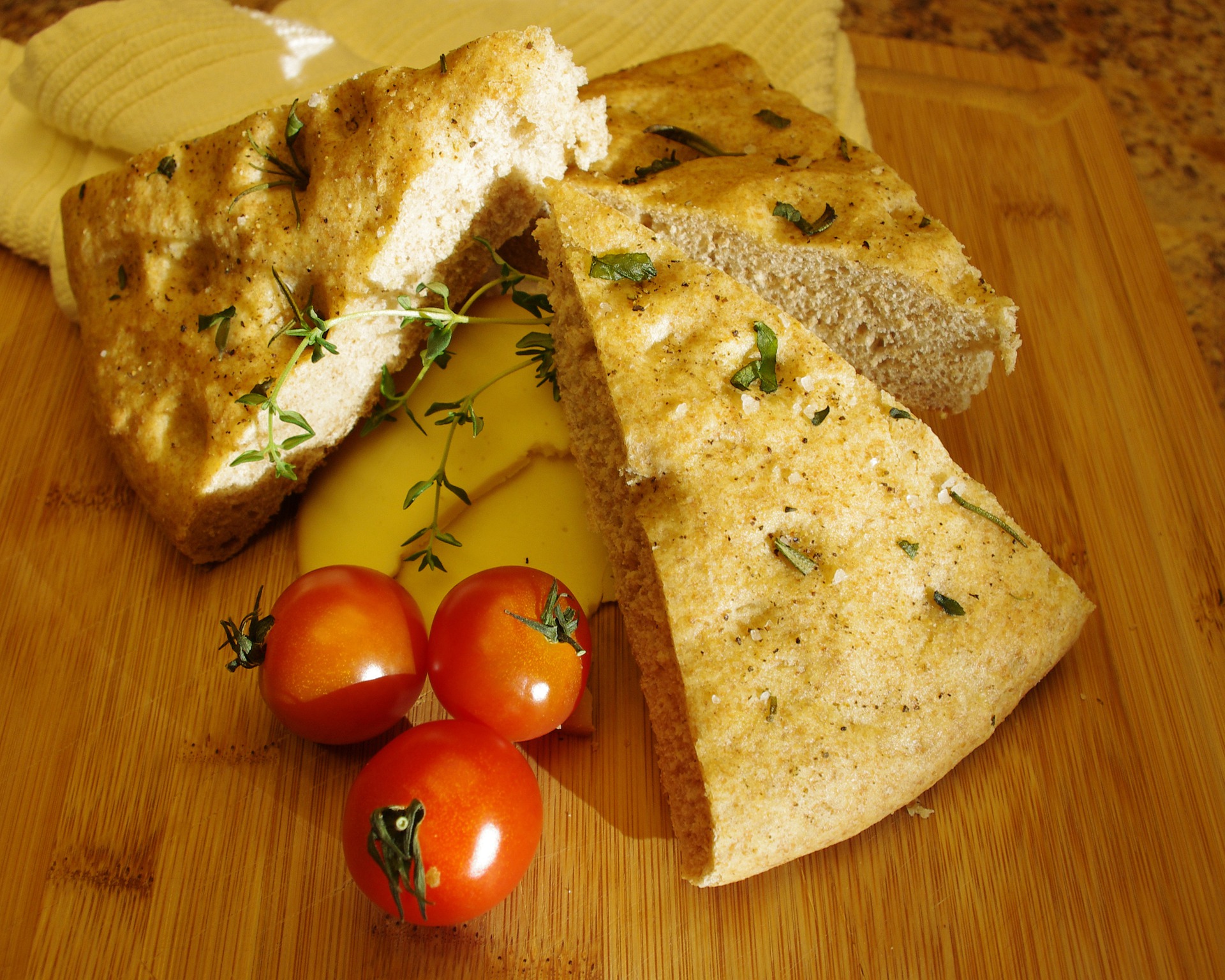
Similar to a pizza dough, Focaccia is an Italian bread that is sometimes topped with various ingredients. It has a crunchy crust that is precisely due to the olive oil that is coated on it before baking.
Pita Bread
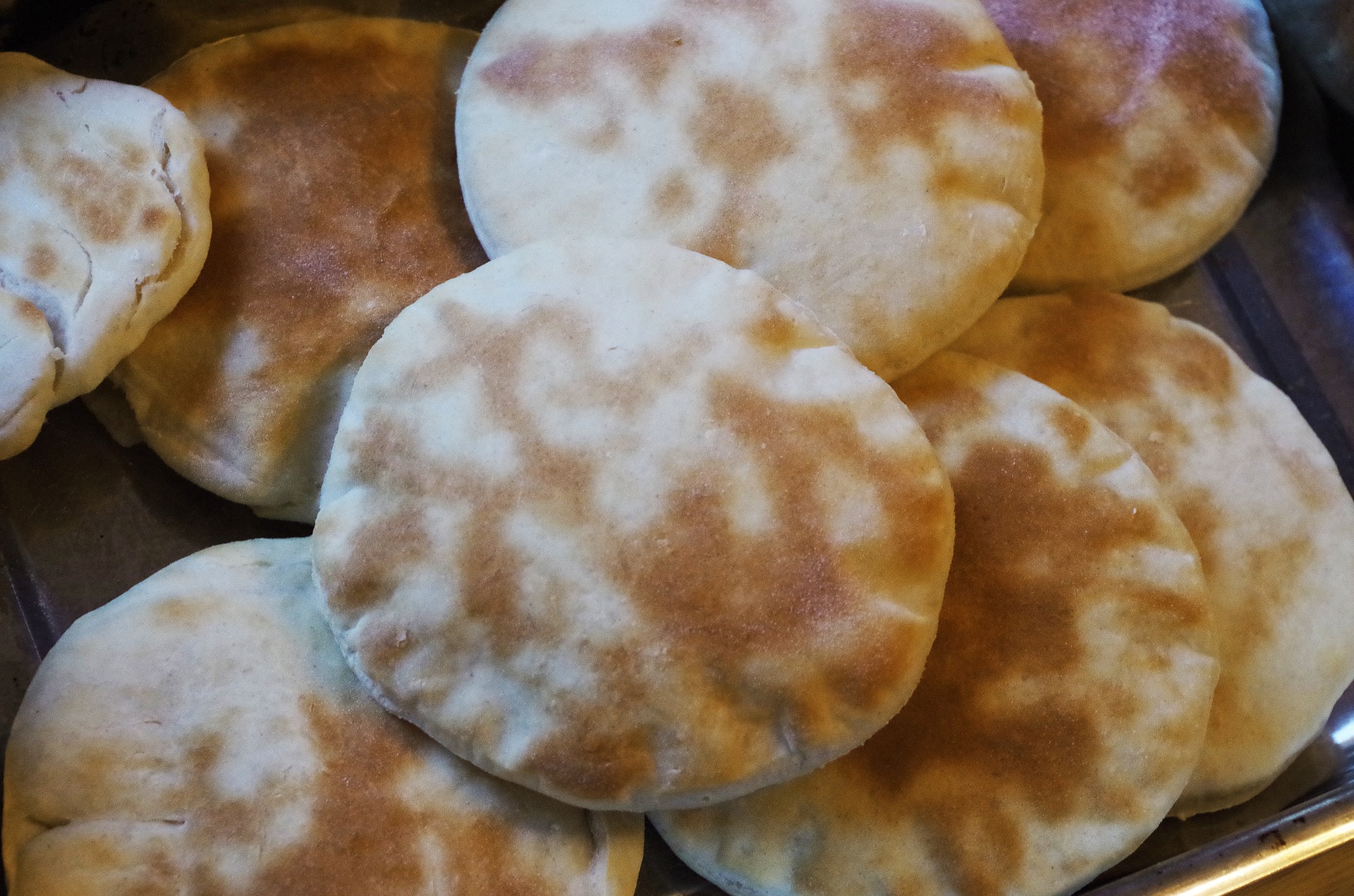
Made from wheat flour, Pita bread is another variant that is used extensively in Lebanese cuisine. They are generally used in falafel sandwiches.
Multigrain
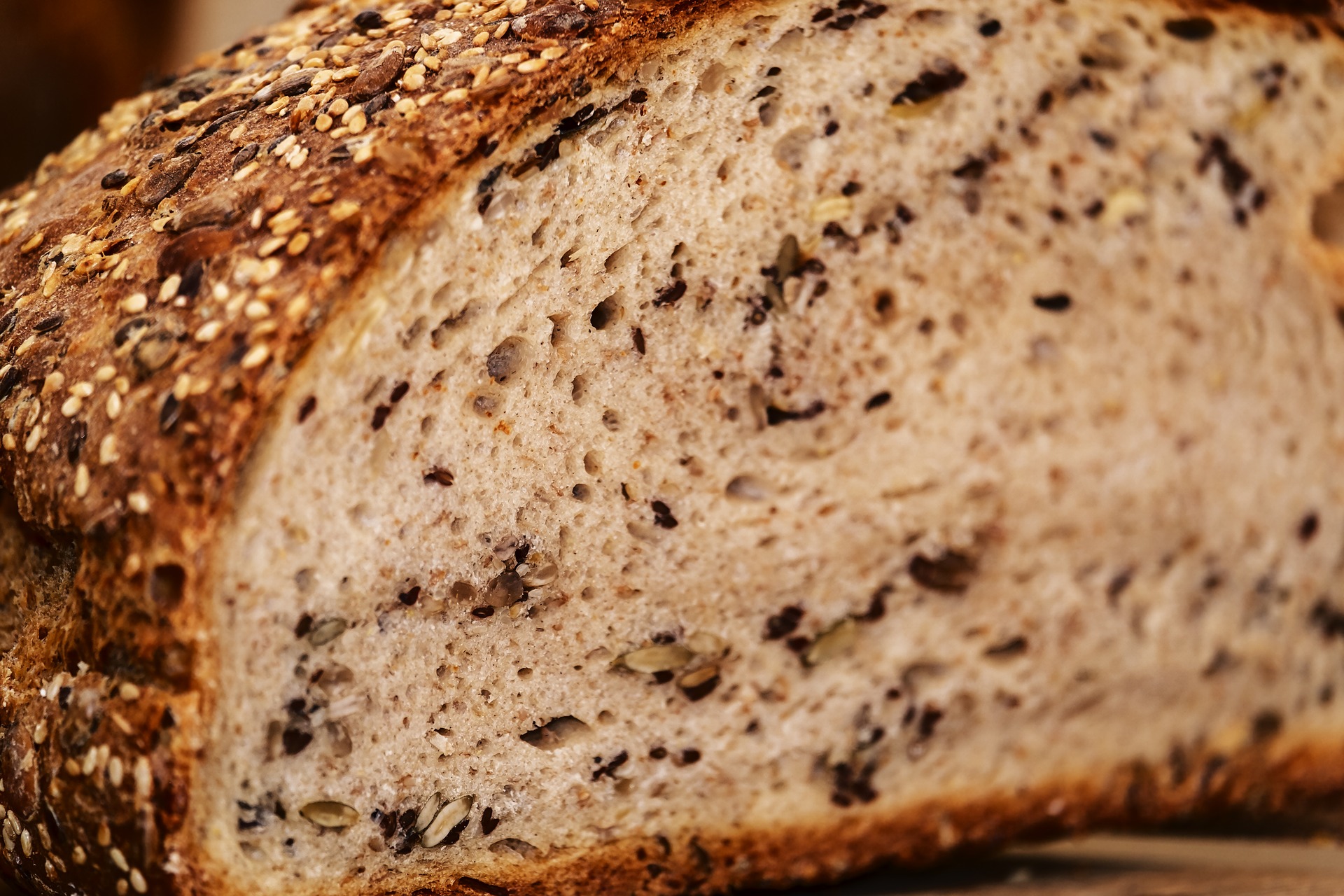
Made from barley, flax, millets and oats, Multigrain is an extremely healthy bread. They are good while making avocado toast.
Brioche
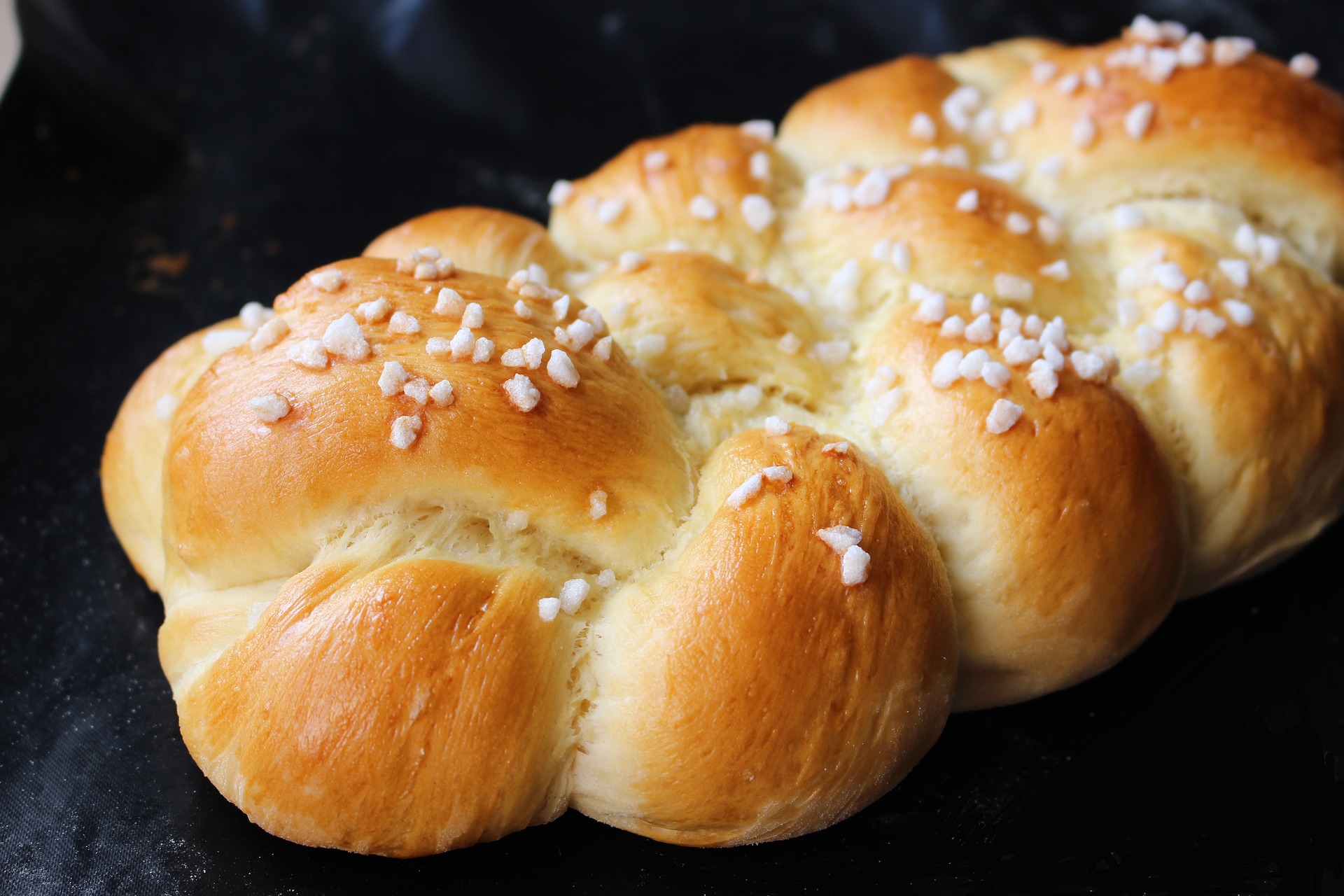
Made with eggs and butter, Brioche is a French bread that possess a rich and tender texture. They are used extensively in French toasts, Puddings and Hamburgers.
As many as the variant, as different are their textures and consequently their use but what binds them together is the supreme and exotic taste that they bring into every dish!
Bread And Yummy Cuisines!
Well, all the narration seems futile if there’s no light thrown upon the delicious cuisines one can make with these yummy companions. So, here are a few that you can try and enjoy at the comfort of your homes:-
Veg Sandwich
This simple yet alluring dish requires no great preparation and can be made anytime quickly. If you’re a beginner, then I’d suggest you to surely go for this sumptuous dish.
Bread Pakora
A great street food, Bread Pakora is a yummilicious dish that is popular far and wide. This fried bread dish is something that you can try your hands on without any hassle.
Garlic Cheese Toast
Made with garlic, butter and mozzarella cheese, Garlic Cheese Toast is a mouth-watering dish that is a great snack item. They taste great with fresh green salad and even roasted vegetables.
Cheese Sandwich
Made with cheese, mayonnaise and other delicious toppings, Cheese Sandwich is what makes a great companion during hunger pangs. This extremely delectable item is a great cheesy snack for all time.
Paneer Sandwich
One of the most adored bread items, Paneer Sandwich is a luscious dish that is surely a must try. The richly textured sandwich is surely gonna blow your mind and is a must-make at all occasions.
Thus, as varied as the variants of Bread, varied are the dishes that can be made out of it. So, if you wanna rock your party or your own day, try these items at home!
Health Benefits of Bread!
Well, as absurd as it may sound but bread or bread items invariably possess certain health benefits that are often underrated and overlooked because of the fact that they are made from All Purpose flour or Maida, who’s over consumption leads to several problems.
However, inspite of the adversaries, they have indubitable benefits that are listed below:-
Blessed with calcium and fibre, bread helps in maintaining healthy bones and teeth, good digestive system, desired blood sugar and even cholesterol levels. Surprisingly, bread even contains protein that helps in the growth, renewal and repairing of the body.
The wholemeal bread acts as a great source of dietary fibre that again leads to a healthy digestive system and eradicates hemorrhoid problems. As fibre is recommended by dieticians, it also leads to weight loss.
Bread contains lots of minerals and vitamins including Vitamin E, Vitamin B and Vitamin K which is an essential requirement for our body.
With our day to day exhaustive schedule, we may sometimes fall short on energy which is required to work for the entire day. However, studies have shown that eating bread helps us in gaining carbohydrates that is our ultimate energy source.
Surprisingly enough, bread and bread items contain far more health advantages that we’ve paid attention to and we may need to reorient our approach towards this unsung hero.
The Overview!
Over the years, bread has become an indispensable food item across the globe and is even a way of life. It has always been a friend during crucial times and is affordable as well as loved by everyone alike.
Indeed, it is our hero’s versatility that makes it unique and gives it a distinct stature among others!
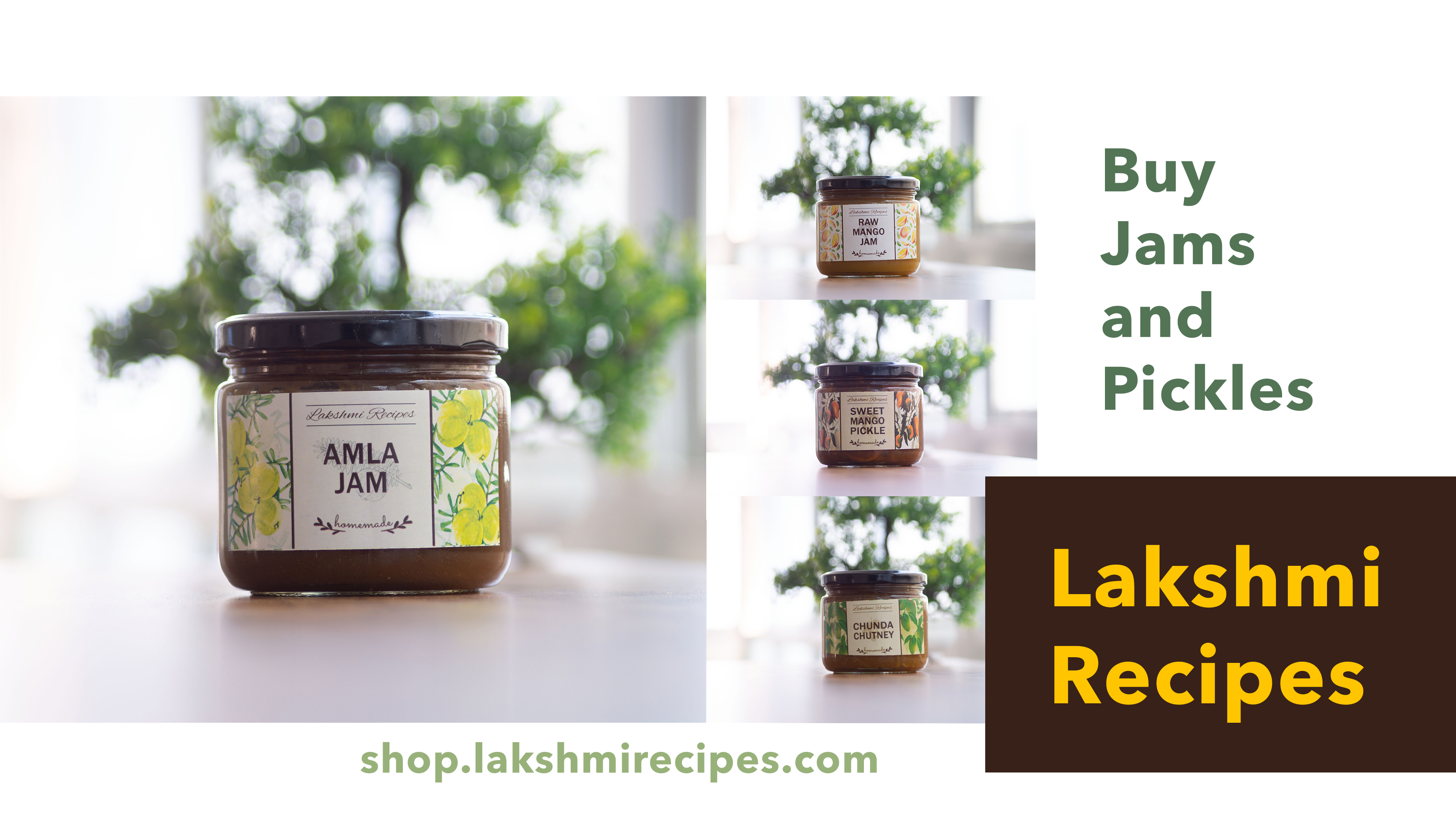
































SHARE YOUR FEEDBACK